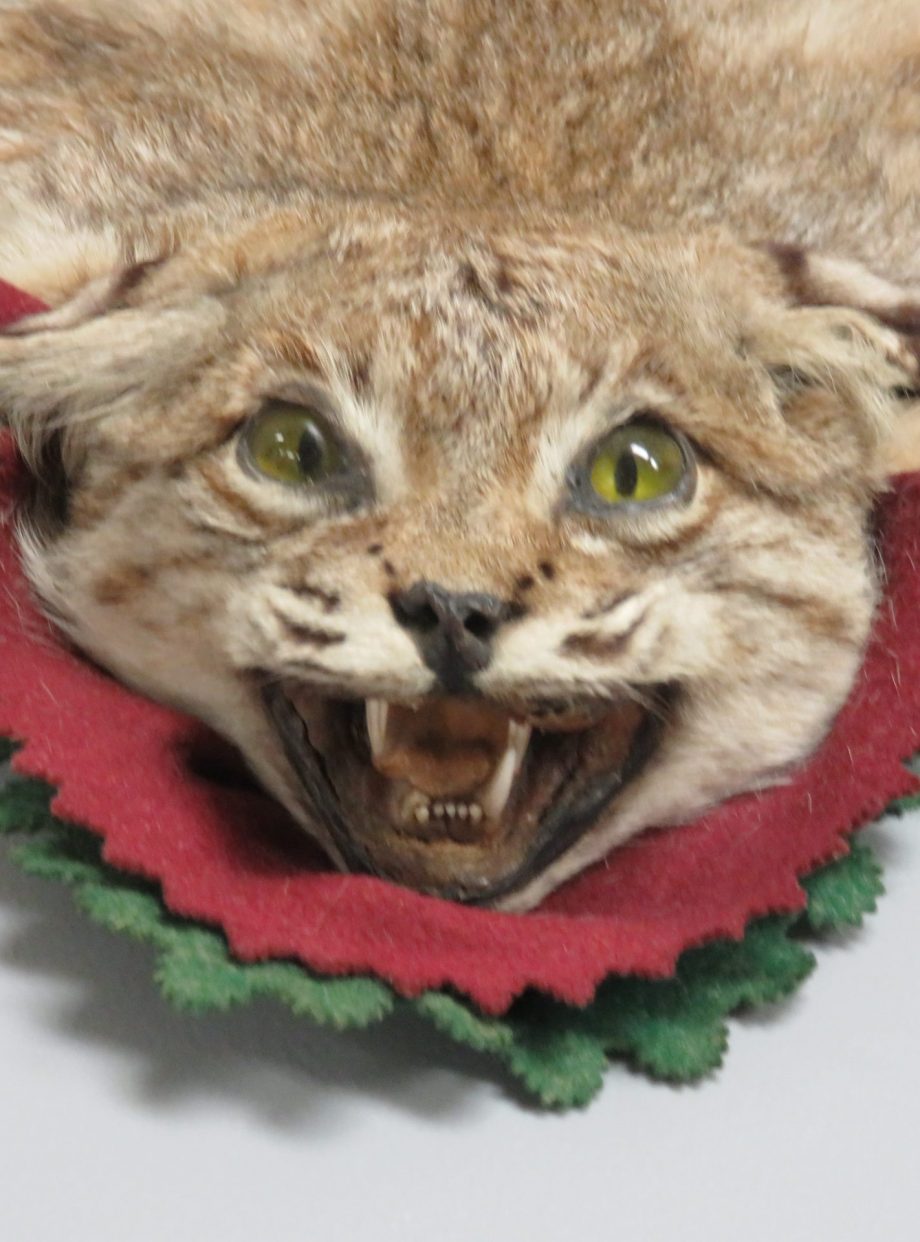Table of Content
The Majorelle Garden, on Avenue Yacoub el Mansour, was at one time the home of the landscape painter Jacques Majorelle. Famed designer Yves Saint Laurent bought and restored the property, which features a stele erected in his memory, and the Museum of Islamic Art, which is housed in a dark blue building. The garden, open to the public since 1947, has a large collection of plants from five continents including cacti, palms and bamboo.

Tajines may also be basted with "smen" Moroccan ghee that has a flavour similar to blue cheese. Wood crafts are generally made of cedar, including the riad doors and palace ceilings. Thuya craft products are made of caramel coloured thuya, a conifer indigenous to Morocco. Since this species is almost extinct, these trees are being replanted and promoted by the artists' cooperative Femmes de Marrakech. The former home and villa of Jacques Majorelle, a blue-coloured building within the Majorelle Gardens, was converted into the Berber Museum (Musée Pierre Bergé des Arts Berbères) in 2011, after previously serving as a museum of Islamic art. It exhibits a variety of objects of Amazigh culture from across different regions of Morocco.
LEGENDS HOTEL™ WINTER DEER VELVET FLANNEL COLLECTION
These Almoravid foundations also influenced the layout and urban organization of the city for centuries to come. The city developed the community into a trading centre for the Maghreb and sub-Saharan Africa. It grew rapidly and established itself as a cultural and religious centre, supplanting Aghmat, which had long been the capital of Haouz. Andalusi craftsmen from Cordoba and Seville built and decorated numerous monuments, importing the Cordoban Umayyad style characterised by carved domes and cusped arches. This Andalusian influence merged with designs from the Sahara and West Africa, creating a unique style of architecture which was fully adapted to the Marrakesh environment. Yusuf ibn Tashfin built houses, minted coins, and brought gold and silver to the city in caravans.
The Marrakech Bienniale was established in 2004 by Vanessa Branson as a cultural festival in various disciplines, including visual arts, cinema, video, literature, performing arts, and architecture. Dar Si Said Museum, also known as the Museum of Moroccan Arts is to the north of the Bahia Palace. It was the mansion of Si Said, brother to Grand Vizier Ba Ahmad, and was constructed at the same time as Ahmad's own Bahia Palace. The Kasbah Mosque overlooks Place Moulay Yazid in the Kasbah district of Marrakesh, close to the El Badi Palace. It was built by the Almohad caliph Yaqub al-Mansour in the late 12th century to serve as the main mosque of the kasbah where he and his high officials resided. It contended with the Koutoubia Mosque for prestige and the decoration of its minaret was highly influential in subsequent Moroccan architecture.
Pali Jute Indoor Rug
They are centered around a large water reservoir surrounded by orchards and olive groves. The Agdal Gardens were established during the reign of Abu Ya'qub Yusuf (r. 1163–1184) and extend over a larger area today, containing several water basins and palace structures. The Agdal Gardens cover about 340 hectares (1.3 sq mi) and are surrounded by a circuit of pisé walls, while the Menara Gardens cover around 96 hectares (0.37 sq mi). The water reservoirs for both gardens were supplied with water through an old hydraulic system known as khettaras, which conveyed water from the foothills of the nearby Atlas Mountains. Marrakesh comprises an old fortified city packed with vendors and their stalls.

Shag rugs are soft and cozy, perfect for creating a warm, inviting space in bedrooms, living rooms and nurseries. Low profile with high style, our flatweave rugs come in colors and patterns that really pop. Last but not least, carpet tiles offer an affordable option for wall-to-wall carpet you can customize to your space and style.
STOENSE Rug, low pile, 4 ' 4 "x6 ' 5 "
Expatriates, especially those from France, have invested heavily in Marrakesh since the 1960s and developed many of the riads and palaces. Old buildings were renovated in the Old Medina, new residences and commuter villages were built in the suburbs, and new hotels began to spring up. The arts and crafts of Marrakesh have had a wide and enduring impact on Moroccan handicrafts to the present day. Riad décor is widely used in carpets and textiles, ceramics, woodwork, metal work and zelij. Carpets and textiles are weaved, sewn or embroidered, sometimes used for upholstering.

It was created in 1558 by the Saadians at the site where the sultan's stables were. At the time, the Jewish community consisted of a large portion of the city's tailors, metalworkers, bankers, jewelers, and sugar traders. During the 16th century, the Mellah had its own fountains, gardens, synagogues and souks.
The 231-room hotel, which contains a casino, was refurbished in 1986 and again in 2007 by French designer Jacques Garcia. Other hotels include Eden Andalou Hotel, Hotel Marrakech, Sofitel Marrakech, Palm Plaza Hotel & Spa, Royal Mirage Hotel, Piscina del Hotel, and Palmeraie Palace at the Palmeraie Rotana Resort. In March 2012, Accor opened its first Pullman-branded hotel in Marrakech, Pullman Marrakech Palmeraie Resort & Spa. Set in a 17 hectares olive grove at La Palmeraie, the hotel has 252 rooms, 16 suites, six restaurants and a 535 square metres conference room. The largest and oldest gardens in the city are the Menara gardens to the west and the Agdal Gardens to the south. The Menara Gardens were established in 1157 by the Almohad ruler Abd al-Mu'min.
Ben Youssef Mosque is named after the Almoravid sultan Ali ibn Yusuf, who built the original mosque in the 12th century to serve as the city's main Friday mosque. After being abandoned during the Almohad period and falling into ruin, it was rebuilt in the 1560s by Abdallah al-Ghalib and then completely rebuilt again Moulay Sliman at the beginning of the 19th century. Also next to it is the Koubba Ba’adiyn or Almoravid Koubba, a rare architectural remnant of the Almoravid period which was excavated and restored in the 20th century. The Koubba, a domed kiosk structure, demonstrates a sophisticated style and is an important indication of the art and architecture of the period. The Jemaa el-Fnaa is one of the best-known squares in Africa and is the center of city activity and trade. It has been described as a "world-famous square", "a metaphorical urban icon, a bridge between the past and the present, the place where Moroccan tradition encounters modernity." It has been part of the UNESCO World Heritage site since 1985.
The desserts of Marrakesh include chebakia , tartlets of filo dough with dried fruit, or cheesecake with dates. (al-Mamlaka al-Maġribiyya, "The Maghreb Kingdom"), its name no longer referring to the city of Marrakesh. One possible origin of the name Marrakesh is from the Berber words amur akush (ⴰⵎⵓⵔ ⵏ ⴰⴽⵓⵛ), which means "Land of God". According to historian Susan Searight, however, the town's name was first documented in an 11th-century manuscript in the Qarawiyyin library in Fez, where its meaning was given as "country of the sons of Kush".

A number of art galleries and museums are also found outside the medina, in Gueliz and its surrounding districts in the new city. The Museum of Art and Culture of Marrakesh , opened in 2016, houses a collection of Moroccan art objects and photography from the 1870s to 1970s. Since 2019, its collection of Orientalist paintings are now housed at its sister museum, the Orientalist Museum in the medina. The Museum of African Contemporary Art Al Maaden is a non-profit art gallery that exhibits contemporary Moroccan and African art. The Yves Saint Laurent Museum, opened in 2017 in a new building near the Jardin Majorelle, displays a collection of work spanning the career of French fashion designer Yves Saint Laurent. The historic wealth of the city is manifested in palaces, mansions and other lavish residences.
The conquest was facilitated by the rallying of the Imzwarn tribes and their leaders from the powerful Glaoui family, leading to a massacre of Marrakesh citizens in the resulting turmoil. In the early 16th century, Marrakesh again became the capital of Morocco, after a period when it was the seat of the Hintata emirs. It quickly reestablished its status, especially during the reigns of the Saadian sultans Abdallah al-Ghalib and Ahmad al-Mansur.

No comments:
Post a Comment